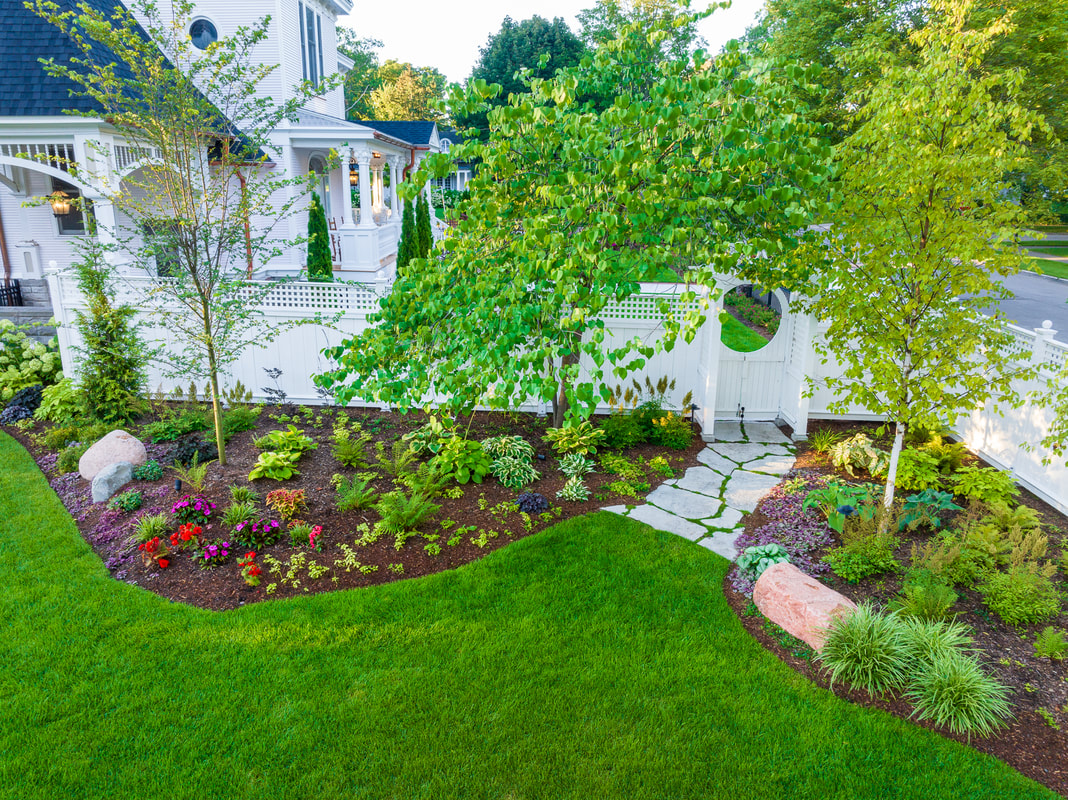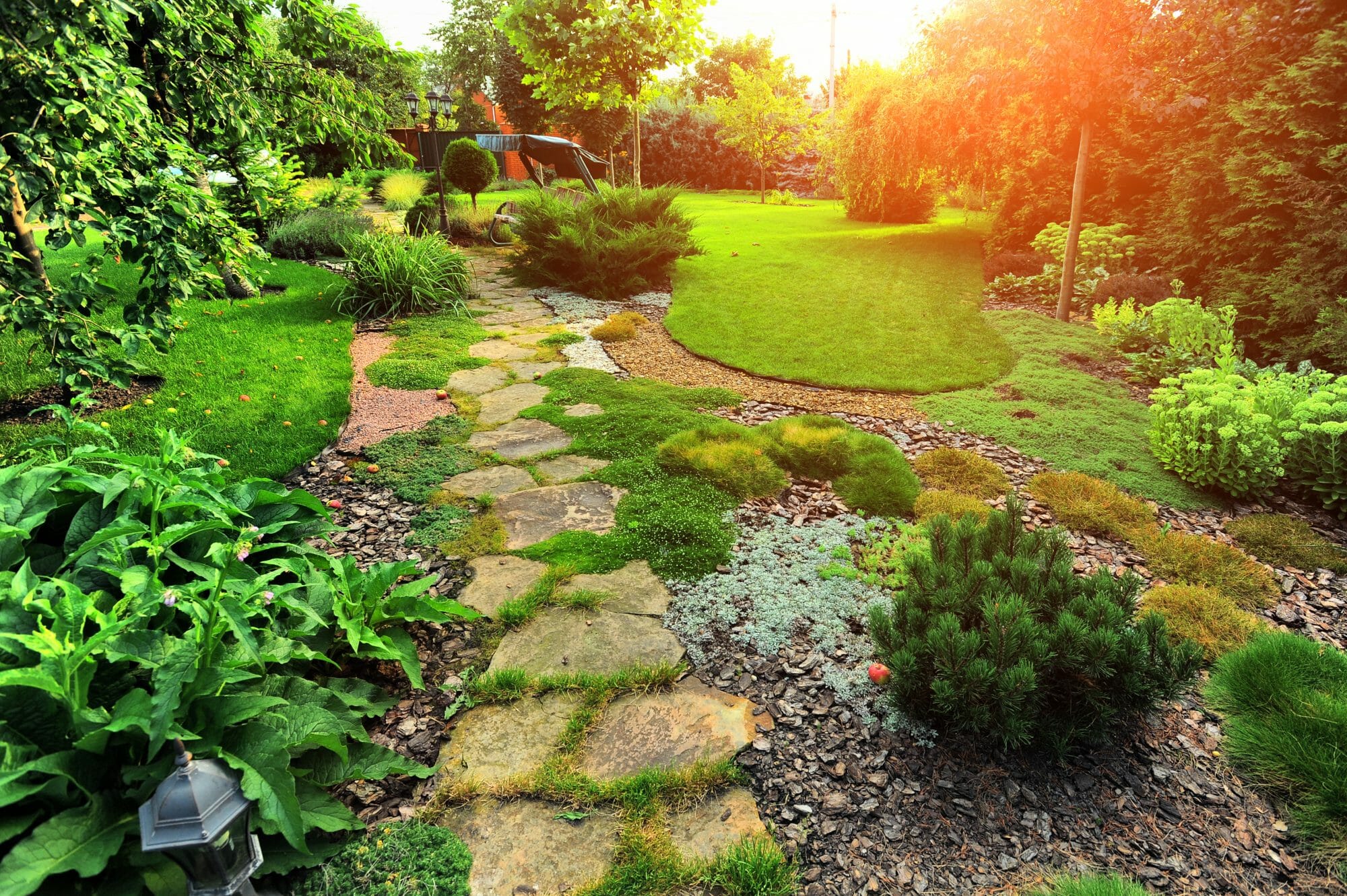Hilton Head Landscapes for Beginners
Table of ContentsNot known Details About Hilton Head Landscapes The 10-Minute Rule for Hilton Head LandscapesAn Unbiased View of Hilton Head LandscapesThe smart Trick of Hilton Head Landscapes That Nobody is DiscussingThe Main Principles Of Hilton Head Landscapes The Facts About Hilton Head Landscapes UncoveredA Biased View of Hilton Head Landscapes
Line develops all types and patterns and can be utilized in a range of methods the landscape. Line in the landscape is produced by the edge between two materials, the outline or silhouette of a form, or a long direct feature. Lines are a powerful tool for the developer due to the fact that they can be used to develop an unlimited selection of forms and types, and they manage activity of the eye and the body.

Lines in the landscape. The residential properties of lines figure out how individuals respond to the landscape, both emotionally and physically.
Some Known Details About Hilton Head Landscapes
Straight lines are usually found in hardscape edges and material. Curved lines produce a casual, natural, kicked back personality that is associated much more with nature and asymmetrical balance. Rounded lines relocate the eye at a slower speed and include mystery to the space by producing covert views. Upright lines move the eye up, making a room feel bigger.
Vertical lines in the landscape include high, slim plant product, such as trees, or high structures, such as an arbor or a bird home on a pole. Straight lines relocate the eye along the ground plane and can make a space really feel larger. Low lines are much more controlled and develop a feeling of remainder or repose.
The Basic Principles Of Hilton Head Landscapes
Lines are likewise produced by the upright forms of developed attributes and plant material. There are three primary line types that develop form in the landscape: bedlines, hardscape lines, and plant lines.
Bedlines connect plant material to your house and hardscape due to the fact that the eye complies with the line, relocating the look through the landscape. Hardscape lines are produced by the edge of the hardscape, which defines the built structure. Line can likewise be created by long and slim products, such as a fence or wall.
Our Hilton Head Landscapes Statements
Kind is discovered in both hardscape and plants, and it is generally the leading aesthetic element that spatially organizes the landscape and usually identifies the design of the yard. The type of frameworks, plant beds, and garden ornaments additionally identifies the general kind style of the garden. Official, geometric types include circles, squares, and polygons.
Plants produce kind in the garden through their describes or silhouettes, but kind can additionally be specified by a space or unfavorable area between plants - landscaping hilton head sc (https://www.goodreads.com/user/show/179629915-steven-gonzales). Circles can be full circles, or they can be separated right into fifty percent circles or circle sections and incorporated with lines to develop arcs and tangents
How Hilton Head Landscapes can Save You Time, Stress, and Money.
Circles are a strong layout form since the eye is always attracted to the center, which can be used to highlight a focal factor or connect various other forms. Circular types in hardscape and grass panels.
The square type can likewise be segmented and pre-owned repeatedly to produce a grid pattern. Unlike circles, squares are more powerful on the brink, which can be lined up or overlapped to develop unique patterns and more complicated kinds. Polygons are many-sided forms with straight sides. Triangles, as an example, are three-sided polygons.
Meandering lines commonly resemble the natural training course of rivers or streams and can be defined as smooth lines with deeply curved undulations. Twisting lines (Number 3) function well for paths, plant bedlines, and dry stream beds. Twisting lines can include interest and enigma to a yard by leading audiences around edges to uncover brand-new views and areas.
Hilton Head Landscapes Things To Know Before You Get This

Figure 5. Fragmented sides: stepping stones in path. Kind is the most enduring quality of a plant (landscapers hilton head island). https://cinnamon-ferret-ktw2xm.mystrikingly.com/blog/transform-your-outdoor-space-with-hilton-head-landscapes. Usual plant forms are well established and standard, as kind is one of the most regular and identifiable feature of plants. Kind can likewise be produced via the massing of article source plants, where the total mass produces a various type than a private plant.
A highly contrasting type must be made use of with careone or 2 job well as a centerpiece, yet a lot of wreak havoc. Natural plant types, rather than over-trimmed forms, ought to develop the bulk of the structure. The relevance of total kind is basically depending on the checking out perspectivethe type of a tree can show up rather various to a person standing under the cover versus viewing the tree from a distance in an open field.
Our Hilton Head Landscapes PDFs
Plant forms also develop and define deep space or open areas between the plants, creating either convex or scooped types in the spaces. High-arching tree branches generally create a concave open space under the branches, and a round canopy with reduced branches loads the room to produce a convex type outdoors room under the tree.
